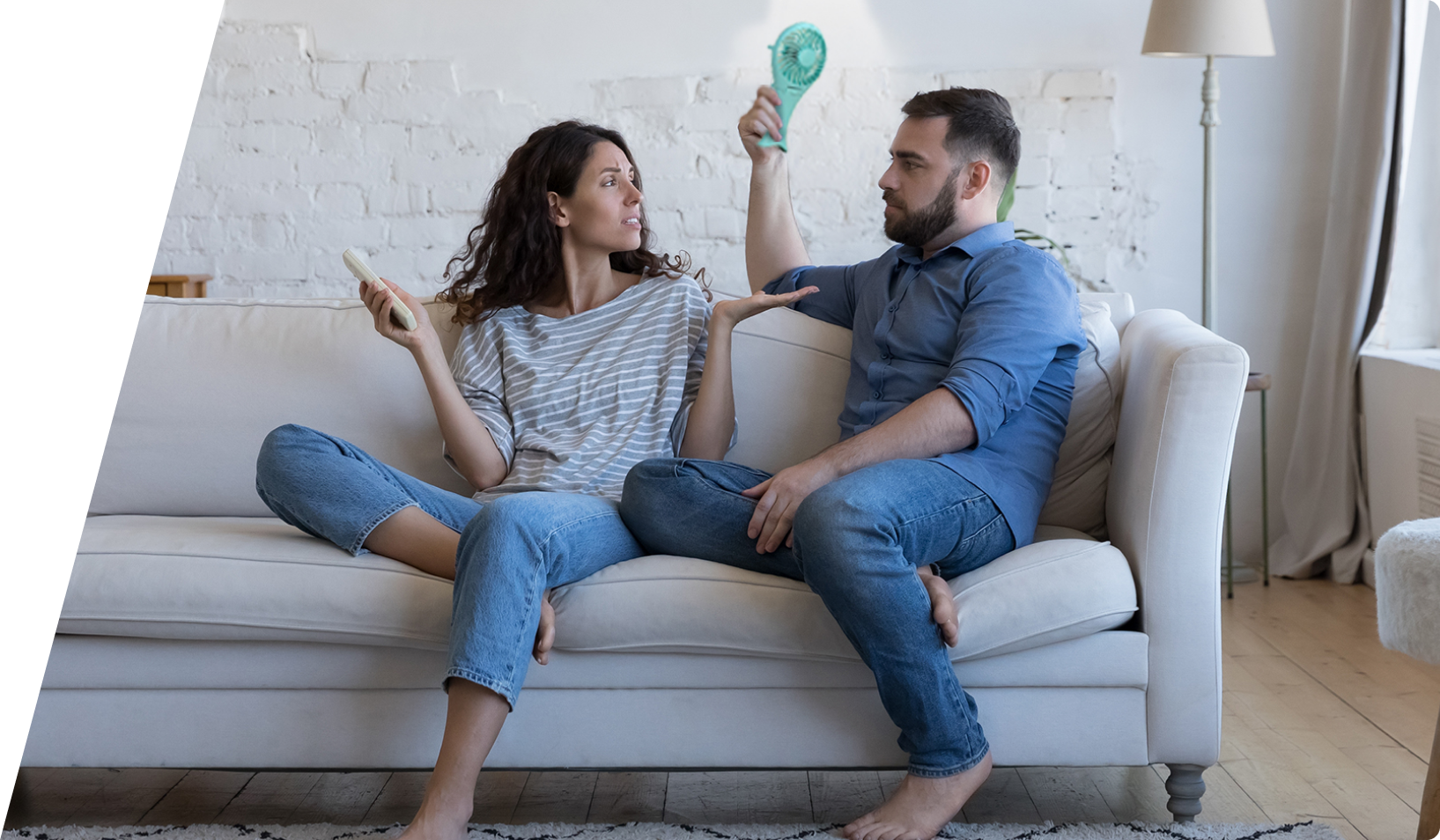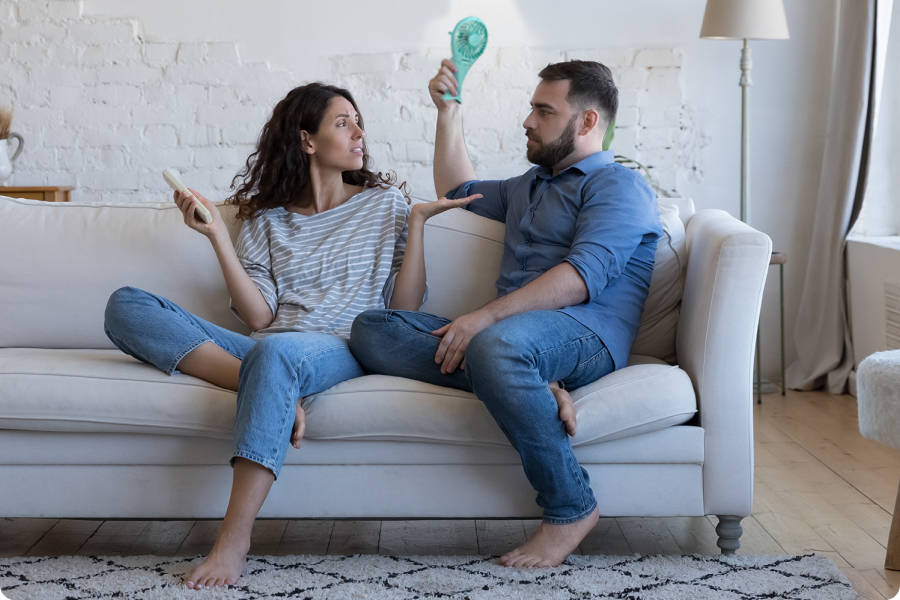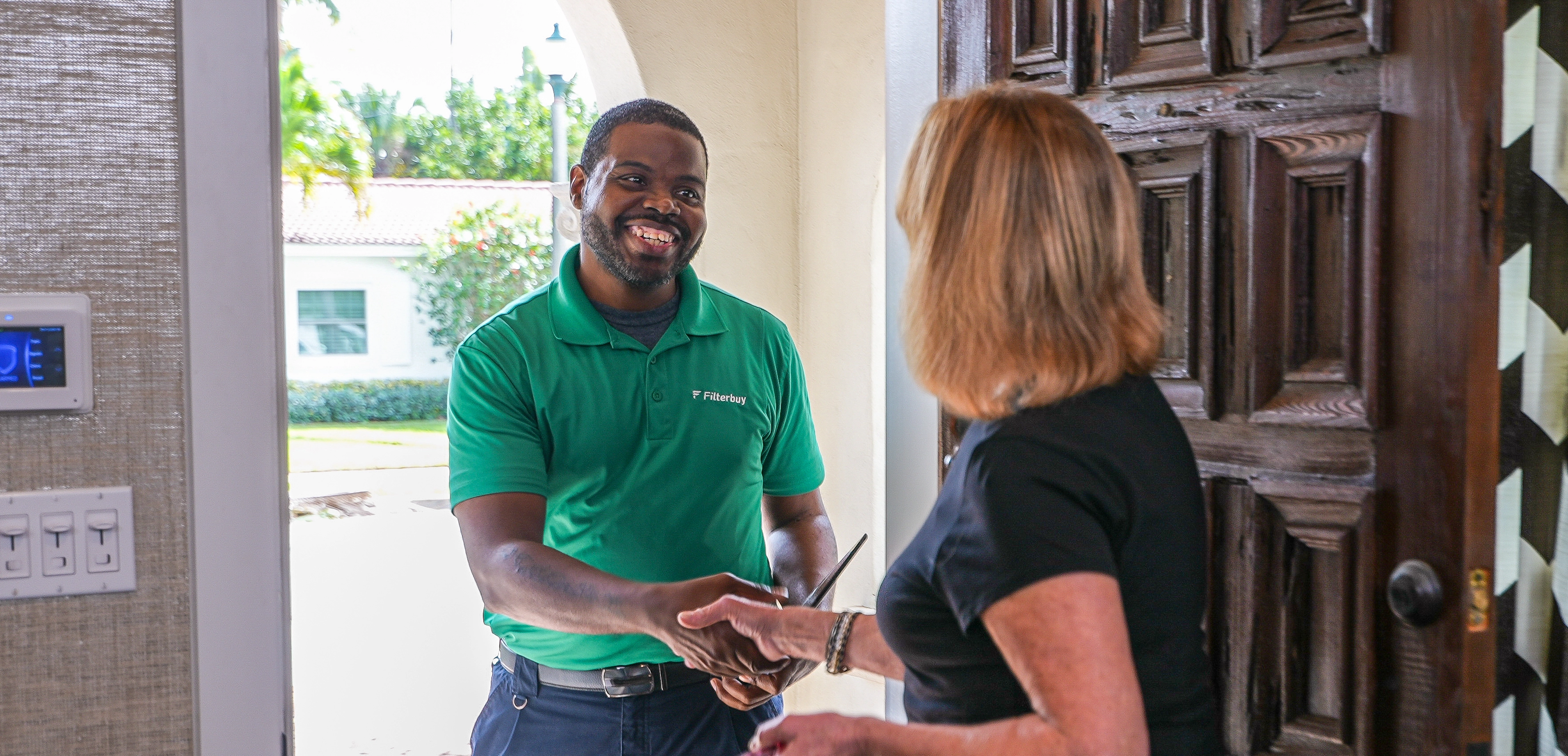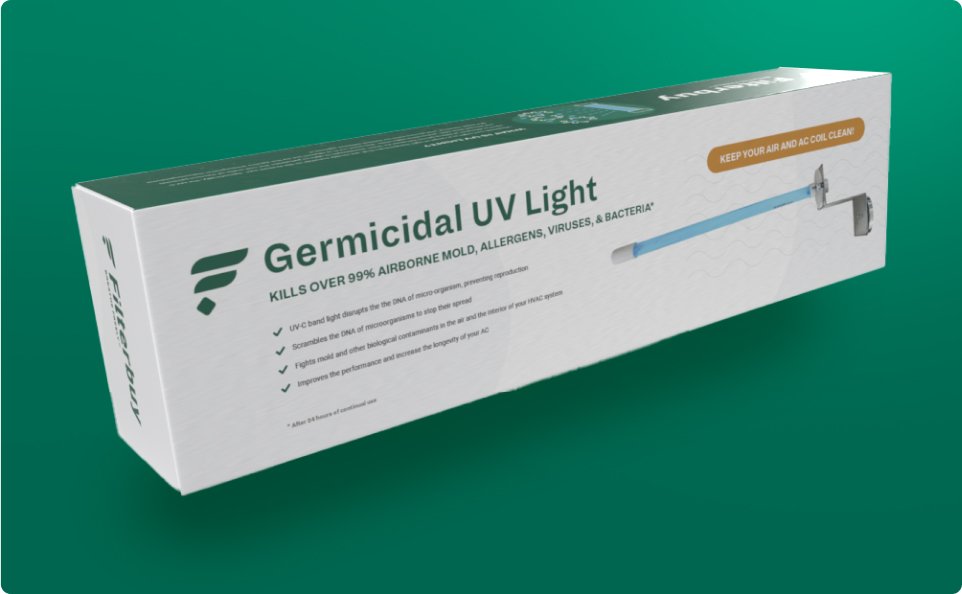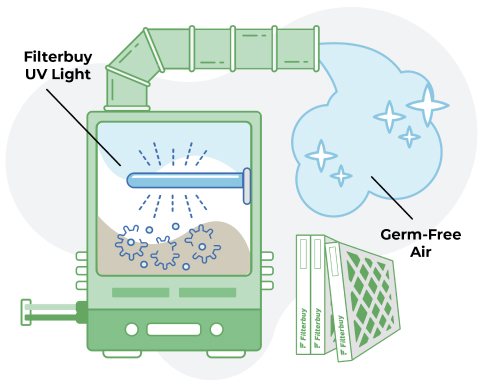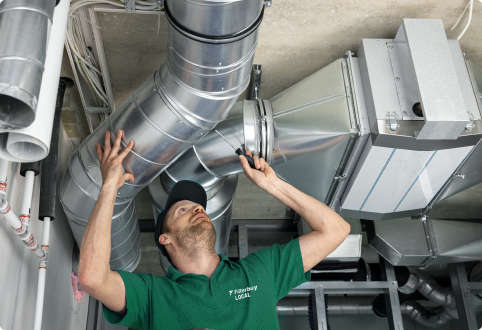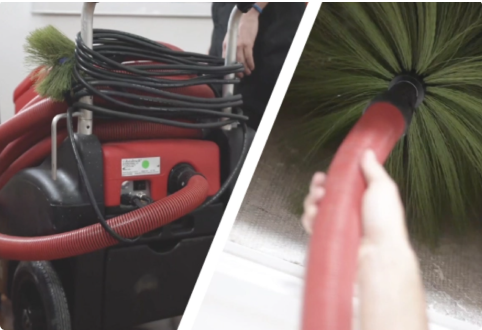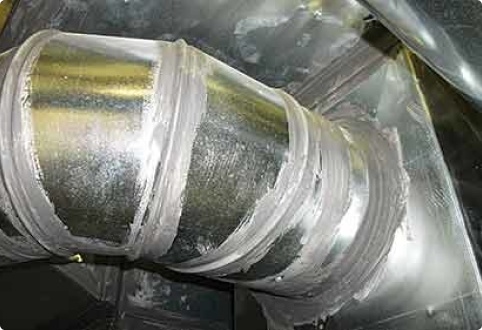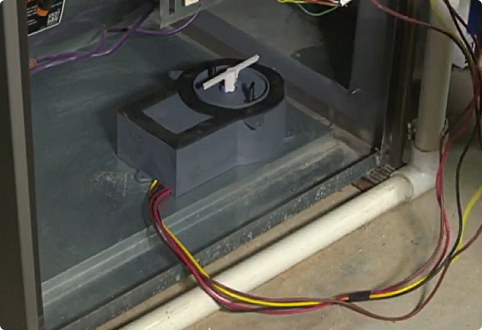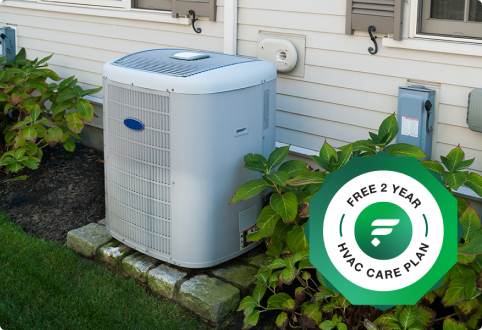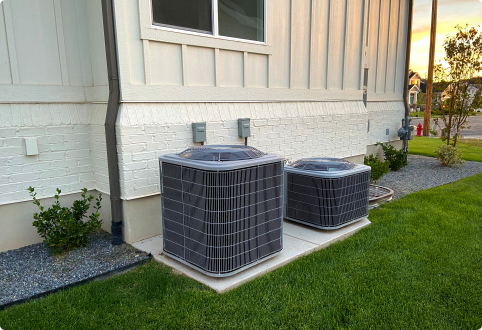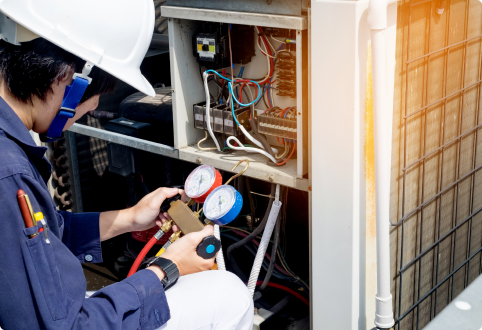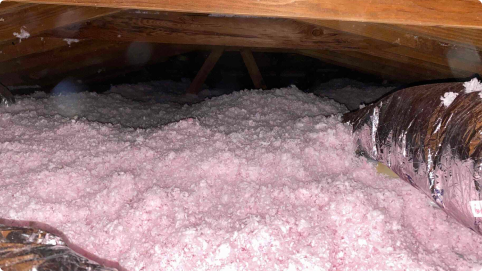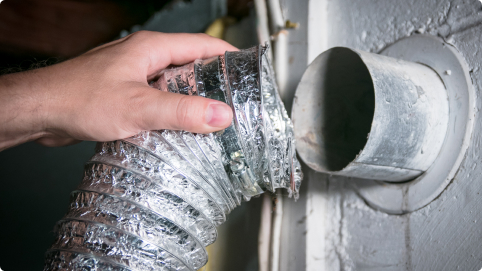Welcome to Filterbuy HVAC Solutions, the best HVAC UV light installation service company proudly serving in and near the greater Pinecrest, FL area. Please let us know how we can help solve your Pinecrest HVAC UV light installation needs with professional, affordable, and fast residential and commercial HVAC services by getting a free online quote or by giving our friendly HVAC specialists a call. We look forward to hearing from you!
HVAC UV Light Installation in Pinecrest FL
Installing UV light in the HVAC systems of homes and office buildings in Pinecrest, FL offers numerous advantages. This modern technology provides affordable solutions to improve air filtration within the HVAC system.
In Pinecrest, FL, HVAC UV light installation is a cost-effective method to enhance indoor air quality and the efficiency of heating, ventilation, and air conditioning systems. When considering the benefits such as reduced airborne pathogens and extended HVAC lifespan, it is essential to carefully select the appropriate UV light system and ensure professional installation.
Choosing a certified HVAC professional, following local regulations, and understanding post-installation maintenance requirements are crucial factors to take into account.
Understanding HVAC UV Technology
HVAC UV technology employs ultraviolet light to improve indoor air quality by eliminating harmful microorganisms and pathogens from HVAC systems. This technology primarily utilizes UV-C light, which operates on the germicidal wavelength of approximately 254 nanometers. This specific wavelength is highly effective in disrupting the DNA of bacteria, viruses, and other pathogens, rendering them unable to reproduce and cause infection.
The effectiveness of UV light in HVAC systems is contingent upon several factors, including the UV type used, the intensity of the light, and the duration of exposure to the UV light. UV-C is the most common type used in HVAC systems due to its germicidal properties. The placement of UV lights within the system is also critical; they are typically installed near the coils and drain pans where microbial growth is prevalent and in the air ducts to treat the air as it circulates.
While UV-A and UV-B also exist, they are less effective for germicidal purposes within HVAC systems. UV-C provides the optimal balance of germicidal effectiveness, making it the preferred choice for enhancing air quality and ensuring a healthier indoor environment. Proper installation and maintenance are crucial to sustaining the efficacy of UV technology in these systems.
Benefits of UV Lights in HVAC
Understanding the mechanics of HVAC UV technology underscores the significant benefits that UV lights bring to enhancing indoor air quality. By integrating UV lights into HVAC systems, homeowners in Pinecrest, FL can experience a remarkable improvement in the cleanliness and healthiness of their indoor environments.
The primary advantage of UV lights is their effectiveness in microbial reduction. These lights operate at wavelengths that are lethal to bacteria, viruses, mold, and fungi, preventing their proliferation and dissemination through air ducts. This is particularly beneficial in humid climates like Pinecrest, where the propensity for microbial growth in HVAC systems is higher. By neutralizing these microorganisms, UV lights help maintain the sanitary condition of the air handling units, thus significantly reducing the potential for airborne diseases.
Another critical benefit is air quality improvement. With the reduction of harmful microorganisms, the overall air quality within indoor spaces sees substantial enhancements. This leads to healthier living conditions and can be especially beneficial for individuals with respiratory issues or allergies. Furthermore, improved air quality contributes to the efficiency of the HVAC system itself, potentially reducing maintenance needs and energy consumption, thereby offering long-term cost savings and environmental benefits.
Installation Process Explained
Installing UV lights in an HVAC system involves several key steps to ensure optimal functionality and safety. Initially, it is crucial to choose the right type of UV light that suits the specific HVAC system. The installation process begins with turning off the HVAC system to prevent any electrical hazards. Safety protocols must be strictly adhered to, including the use of insulated gloves and protective eyewear to guard against UV exposure and electrical risks.
Next, access to the HVAC ductwork or the air handling unit is secured. This might require the use of screwdrivers, drills, and other hand tools, which are essential tool requirements for the installation. The UV light unit is then mounted inside the ductwork near the coils and the blower, areas prone to microbial growth. It is important to ensure that the unit is securely fastened and that the power connections are properly insulated.
Once the UV light is installed, a final inspection is conducted to verify that the unit is operational and safely installed. This involves testing the UV light while still observing safety measures. After confirming the system's functionality, the HVAC system can be turned back on, completing the installation process.
Maintenance and Care Tips
After the successful installation of UV lights, regular maintenance is necessary to ensure their efficiency and longevity. Proper care involves routine checks and adherence to specific safety precautions to protect both the system and the technician. Firstly, it is crucial to disconnect the power to the UV light system before performing any maintenance tasks. This prevents accidental exposure to UV radiation, which can be harmful to the eyes and skin.
Bulb replacement is a significant aspect of maintaining UV lighting systems. Typically, UV bulbs may need replacement every 12 to 24 months, depending on usage and manufacturer recommendations. It's essential to check the functionality of bulbs regularly and replace them before they burn out completely to maintain optimal performance. When replacing bulbs, ensure that the correct type and wattage are used as specified for your system.
Additionally, cleaning the bulbs and the unit itself is vital. Dust and debris can accumulate on the bulbs, diminishing their effectiveness. Use a clean, dry cloth to wipe the bulbs gently. Avoid using harsh chemicals or abrasives, as these can damage the bulbs and the unit. Following these maintenance tips will help prolong the life of your UV lighting system and enhance the indoor air quality in your Pinecrest FL home.
Cost Analysis and ROI
Evaluating the cost and potential return on investment (ROI) for HVAC UV light installation in Pinecrest, FL is crucial for homeowners considering this technology. The upfront cost of UV lights can vary, but the primary considerations include the size of the unit and the complexity of the installation. On average, homeowners might expect to spend between $400 to $1,200, which includes the cost of the UV system and professional installation.
The return on investment can be significant, particularly when considering the energy savings and improved air quality. These systems work by reducing microbial buildup in the HVAC system, which can lead to more efficient operation and lower energy costs over time. Additionally, the longevity of the HVAC system can be extended, contributing to cost savings.
To provide a clearer understanding, here are key points to consider:
1. Energy Savings: Reduced energy consumption due to less strain on the HVAC system.
2. Maintenance Costs:Lower maintenance costs due to decreased microbial growth.
3. Warranty Options: Availability of warranties that can protect your investment and reduce future expenses.
Considering these factors, homeowners in Pinecrest can make a well-informed decision about installing HVAC UV lights based on potential short-term costs and long-term gains.
Frequently Asked Questions
How Much Does It Cost to Install UV Lights in HVAC?
Installing UV lights in an HVAC system can cost anywhere from $300 to $700, depending on factors such as the type of UV light, the size of the HVAC system, and installation complexity. The cost may also vary based on the brand and quality of the UV light being installed.
Can I Install a UV Light in My HVAC System?
UV lights can be installed in most HVAC systems, but it is recommended to consult with a professional HVAC technician to ensure proper installation. The UV light is typically mounted near the evaporator coil or in the return air duct. Proper placement is crucial to maximize the UV light's effectiveness in killing mold, bacteria, and other microorganisms.
Is It Worth Getting UV Light in HVAC?
Having UV lights in an HVAC system can be worth it for improving indoor air quality and reducing the growth of mold and bacteria. UV lights can help eliminate harmful microorganisms that may cause health issues and improve overall air quality in your home or building.
What Is the Disadvantage of UV Light in HVAC?
One disadvantage of UV lights in HVAC systems is that they may not be effective against all types of pollutants, such as dust, allergens, or volatile organic compounds (VOCs). Additionally, UV lights require regular maintenance to ensure optimal performance, as the bulbs can degrade over time and lose their effectiveness.
Do HVAC UV Lights Use a Lot of Electricity?
HVAC UV lights are generally energy-efficient and do not use a lot of electricity. The energy consumption of UV lights is relatively low compared to other components of an HVAC system, making them a cost-effective addition to improving indoor air quality.
What Is the Life Expectancy of a UV Light for HVAC?
The life expectancy of a UV light for HVAC systems can vary depending on the quality of the light and how well it is maintained. On average, UV light bulbs may last anywhere from 9,000 to 14,000 hours of continuous use before needing replacement.
Does UV Light Damage AC Coils?
UV lights in HVAC systems are designed to target and eliminate mold and bacteria on the coils and other surfaces. However, if the UV light is not installed correctly or if it malfunctions, it could potentially damage the AC coils by causing them to degrade or corrode over time.
Where Is the Best Place to Put UV Light in HVAC?
The best place to install UV lights in an HVAC system is typically near the evaporator coil or in the return air duct. Placing the UV light in these locations allows it to effectively target and neutralize mold, bacteria, and other microorganisms as air passes through the system.
Can UV Light Damage the Air Handler?
While UV lights are generally safe for air handlers, improper installation or malfunctioning UV lights could potentially damage the air handler components over time. Regular maintenance and inspections are essential to ensure that the UV light is functioning properly and not causing any harm to the air handler.
Do HVAC UV Lights Get Hot?
HVAC UV lights are designed to emit UV-C light, which is not hot to the touch and does not produce heat in the air handler. The UV-C light works by disrupting the DNA of microorganisms, effectively killing them without generating heat that could affect the air handler or other components of the HVAC system.
Is a HEPA Filter Better Than a UV Light?
HEPA filters and UV lights serve different purposes when it comes to indoor air quality. While HEPA filters are effective at capturing airborne particles like dust, pollen, and pet dander, UV lights target and neutralize mold, bacteria, and viruses. In some cases, using both HEPA filters and UV lights together can provide comprehensive air purification.
What Are the Downsides of UV Light?
Some downsides of UV lights in HVAC systems include the initial cost of installation, ongoing maintenance requirements, and the fact that UV lights may not be effective against all types of indoor air pollutants. Additionally, UV lights must be used in conjunction with other air purification methods to achieve optimal indoor air quality. Regular maintenance and bulb replacement are necessary to ensure that UV lights continue to operate effectively.
Here is the nearest branch location serving the Pinecrest area…
Filterbuy HVAC Solutions - Miami FL
1300 S Miami Ave Unit 4806, Miami, FL 33130
(305) 306-5027
https://maps.app.goo.gl/1Y7FZGsYN4mzK5kZ8

.webp)
.webp)
.webp)
.webp)




